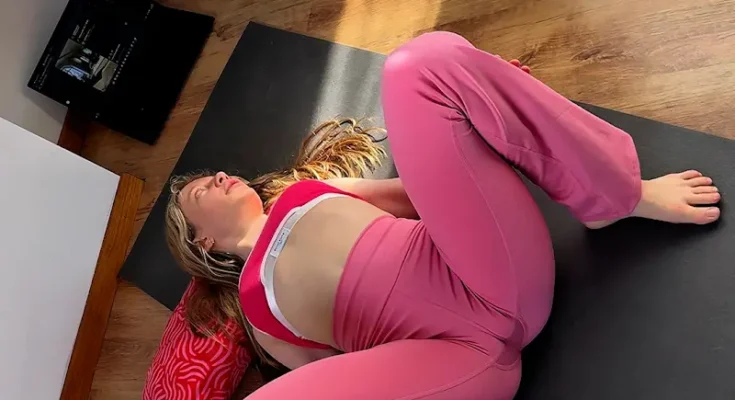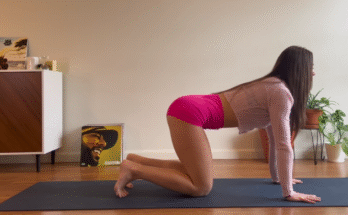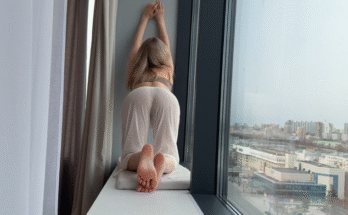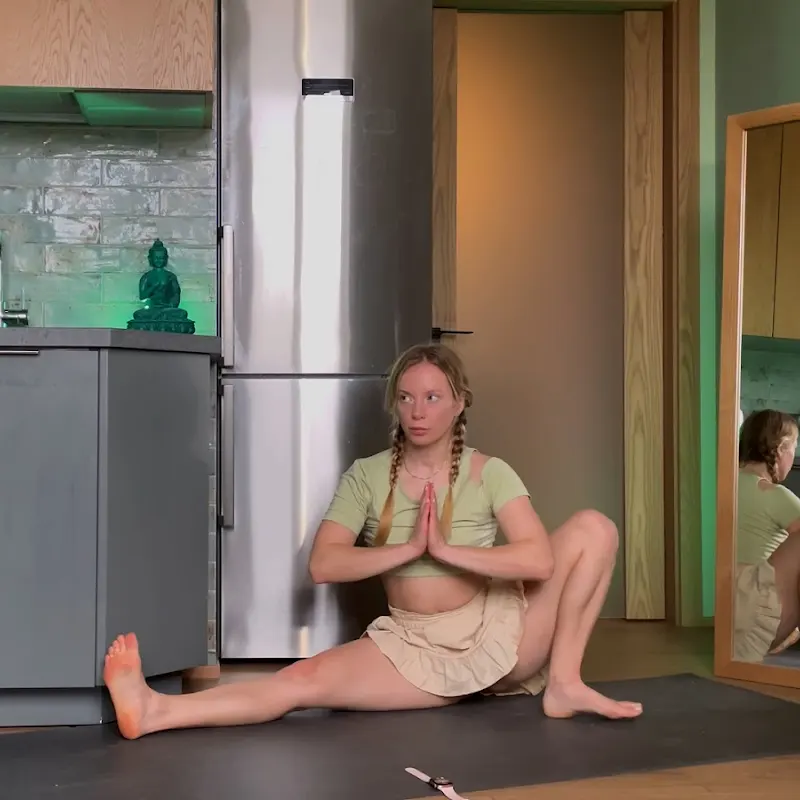
After a long, busy day filled with work, errands, or caring for family, your body and mind crave rest and relaxation. An evening routine centered around calming stretches can be the perfect way to unwind, release tension, and prepare for a restful night of sleep. Whether you’ve been sitting at a desk for hours or running around all day, these simple movements can help ease sore muscles, slow your heart rate, and calm your mind. In this 1,000-word guide, we’ll walk you through a relaxing evening stretch routine designed to bring peace to both your body and your soul.
Why Stretch in the Evening?
Stretching at night has multiple benefits. First, it helps release the physical tension that builds up throughout the day, especially in your neck, shoulders, back, and hips. These areas are often the most affected by stress and prolonged sitting. Second, stretching activates the parasympathetic nervous system—your body’s natural relaxation response. This means you’ll feel calmer, more grounded, and mentally clearer. Third, these movements increase blood circulation and flexibility, helping your muscles repair overnight and reducing the chance of waking up sore.
An evening routine doesn’t have to be long or complicated. Even just 10 to 20 minutes of slow, mindful movement can make a huge difference.
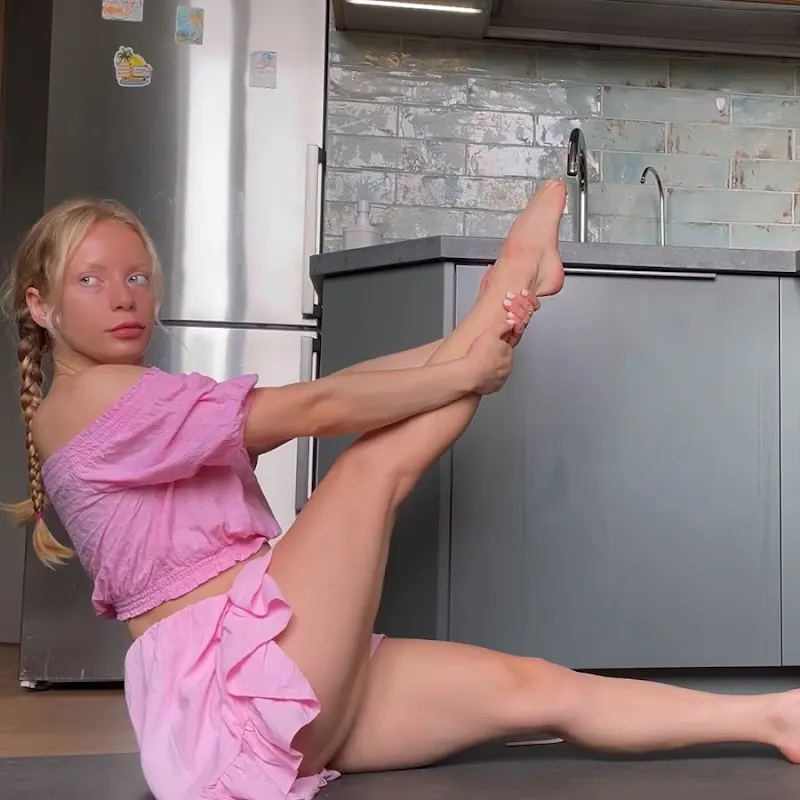
Set the Mood
Before you begin your stretching, it’s important to create a peaceful environment. Turn off harsh lights and use warm, soft lighting or candles. Play calming music or nature sounds. You may want to diffuse essential oils like lavender or eucalyptus to promote relaxation. Make sure the room is warm and comfortable, and choose a soft surface like a yoga mat or carpet.
Wear comfortable clothes—something loose or stretchy—and put your phone on silent. This time is for you and your body.
The Stretch Routine: Step-by-Step
You can move through each of these stretches slowly, holding each one for 30 seconds to 2 minutes depending on what feels good for your body. Breathe deeply in and out through your nose, and let your breath guide your movements.
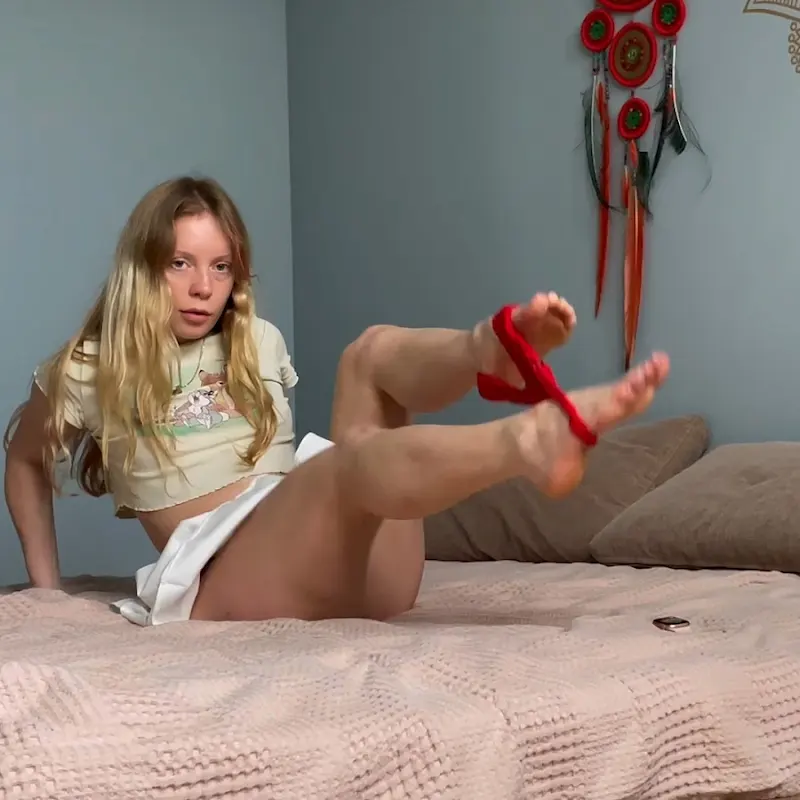
1. Seated Forward Fold
Sit with your legs stretched out in front of you. Inhale to lengthen your spine, then exhale and gently fold forward, reaching for your feet or shins. Allow your head to drop and your shoulders to soften.
Benefits: Releases tension in the lower back and hamstrings. Calms the mind.
2. Cat-Cow Stretch
Move onto all fours. As you inhale, drop your belly and lift your head and tailbone (Cow). As you exhale, round your back, tuck your chin to your chest, and draw your belly in (Cat). Move slowly between the two.
Benefits: Gently warms and loosens the spine. Relieves back and neck tension.
3. Child’s Pose
From all fours, bring your big toes to touch and sit your hips back on your heels. Extend your arms in front of you and let your forehead rest on the ground or a pillow.
Benefits: Calms the nervous system. Gently stretches the back, hips, and shoulders.

4. Supine Twist
Lie on your back and bring your knees into your chest. Let both knees fall to one side, while your arms extend in a T-shape and your head looks in the opposite direction. Hold, then switch sides.
Benefits: Releases spinal tension. Aids digestion and soothes the body.
5. Reclining Butterfly Pose
Lie on your back, bring the soles of your feet together, and let your knees fall open. Place pillows under your knees for support if needed. Rest your hands on your belly or by your sides.
Benefits: Opens the hips. Promotes deep breathing and emotional release.
6. Neck Stretch
Sit or lie down. Gently tilt your right ear toward your right shoulder. You can use your right hand to lightly guide your head for a deeper stretch. Repeat on the left.
Benefits: Relieves tightness in the neck and shoulders, especially from screen time.
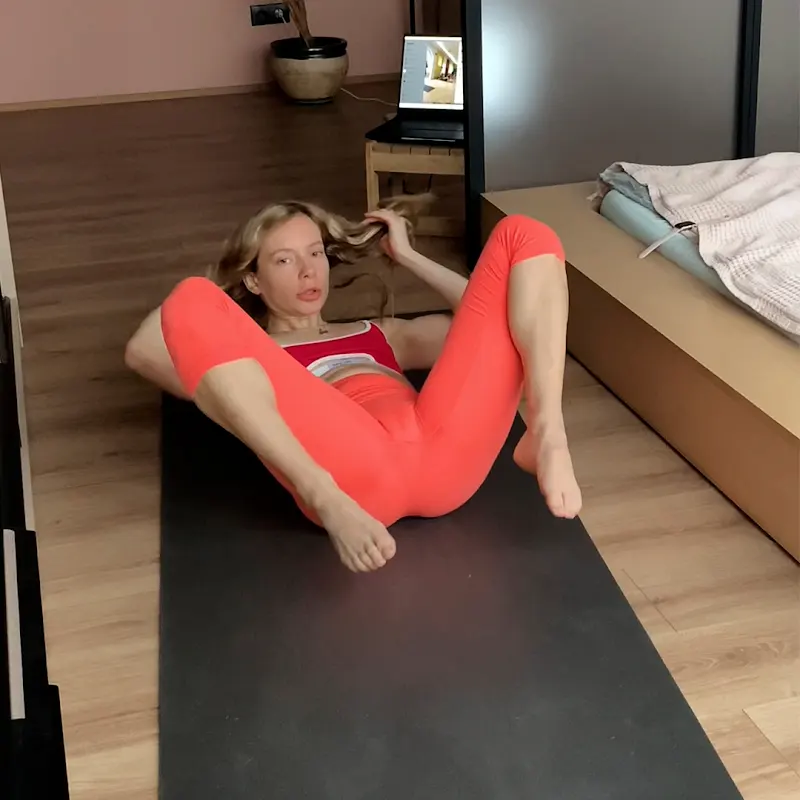
7. Legs-Up-the-Wall Pose
Lie down near a wall and extend your legs upward so they rest against the wall. Your arms can be by your sides or resting on your belly.
Benefits: Relieves tired legs, improves circulation, and relaxes the nervous system.
Breathing and Stillness
At the end of your stretch routine, take a few minutes to lie on your back in Savasana (corpse pose). Let your legs and arms fall naturally open. Close your eyes and take slow, deep breaths. Allow your whole body to melt into the ground. If you want, place a blanket over your body for warmth and comfort.
Use this time to mentally let go of the day. You can repeat a simple mantra like, “I am safe. I am calm. I am ready to rest.” Or just focus on the feeling of your breath moving in and out.
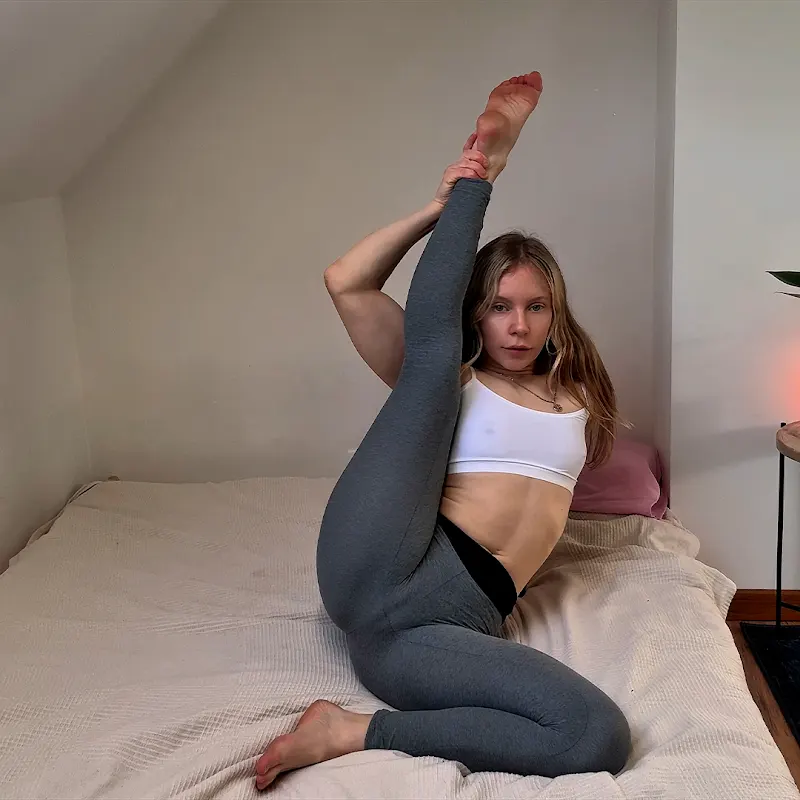
Tips for Consistency
Creating a habit takes time, but consistency is key to seeing results. Here are a few tips to make your evening routine part of your lifestyle:
- Schedule it: Set a reminder on your phone or block out time in your calendar.
- Keep it simple: You don’t need a full yoga session—just a few stretches can be effective.
- Pair it with something you already do: Stretch right after brushing your teeth or while watching your favorite show.
- Track your progress: Use a journal or app to track how your body feels over time.

Final Thoughts
Your evening should be a time of transition—from action to rest, from noise to stillness. A relaxing stretch routine is more than just a physical activity; it’s a way to honor your body, slow down your thoughts, and enter the night with intention. Even if the rest of your day was chaotic or exhausting, these moments of peace can bring balance.
So tonight, roll out your mat, light a candle, take a deep breath, and stretch your way to calm. You deserve it.
